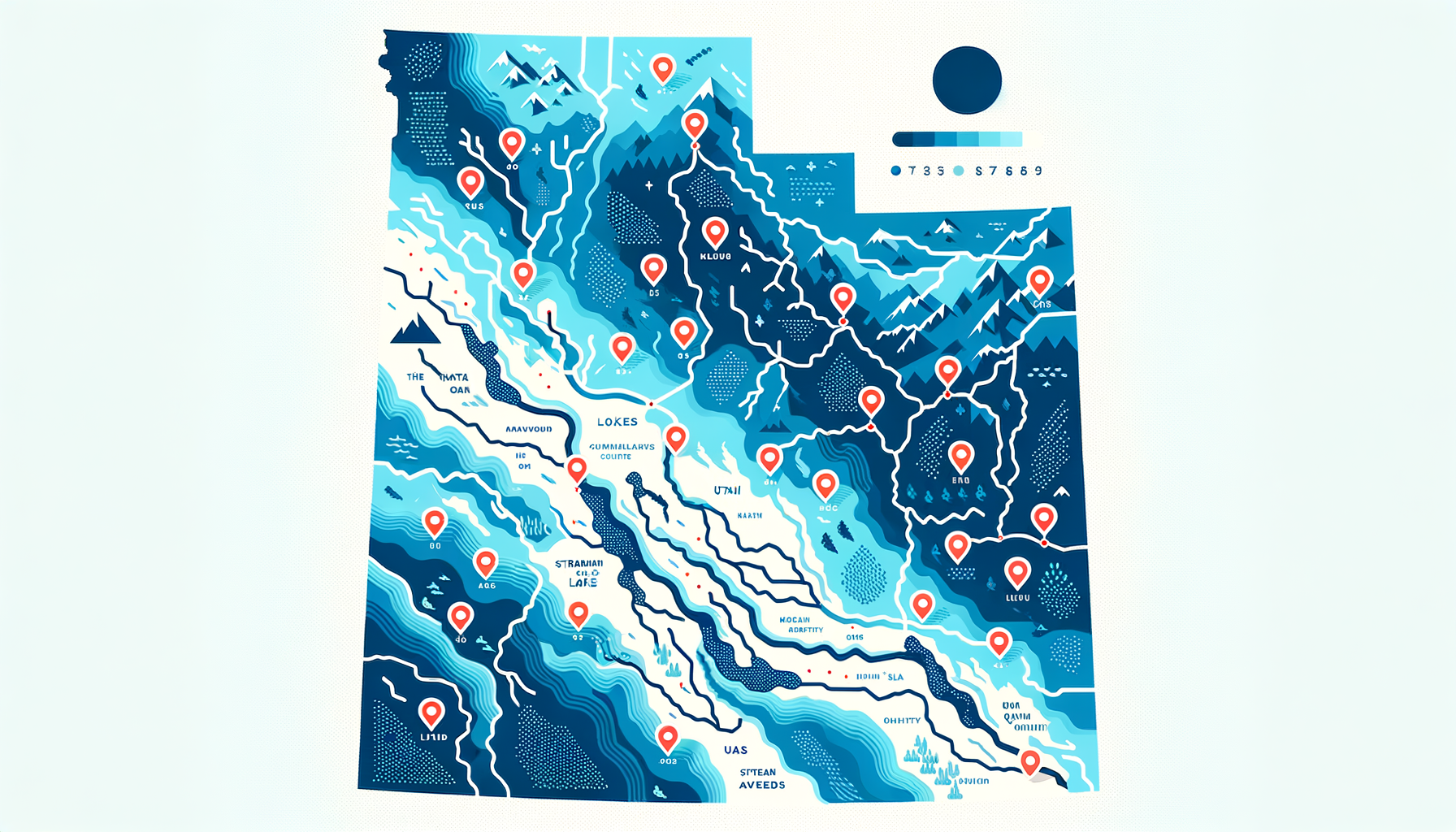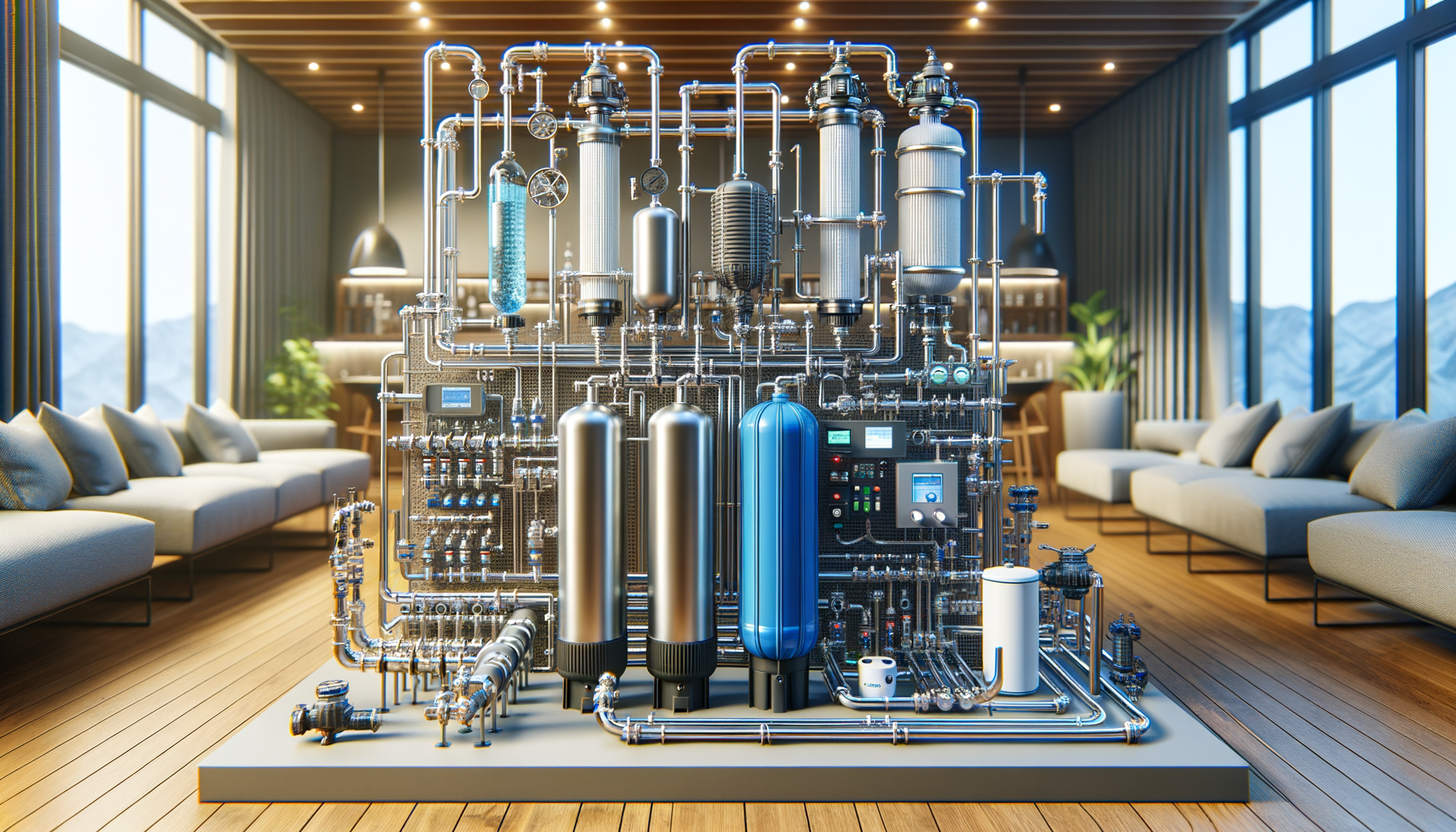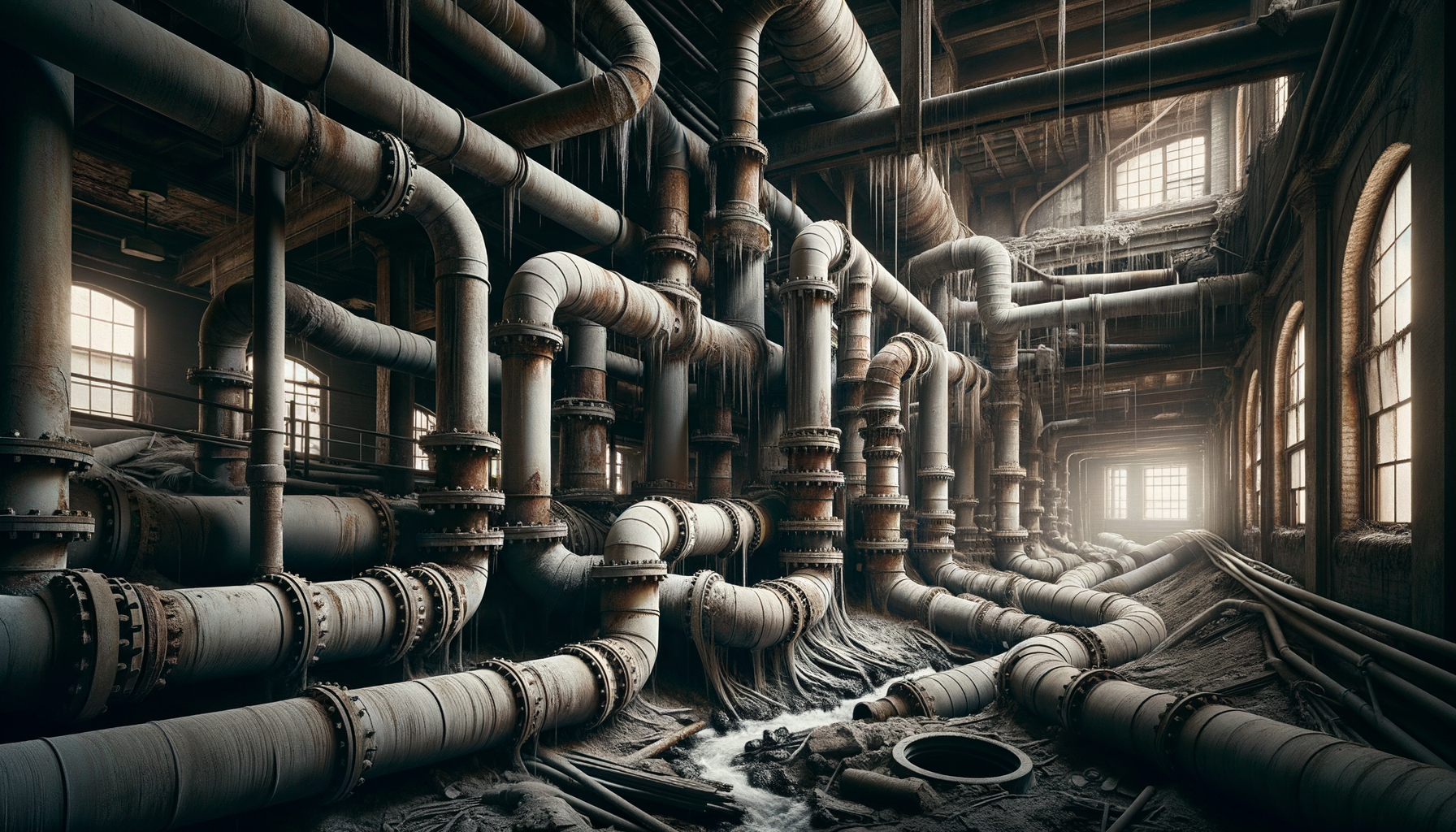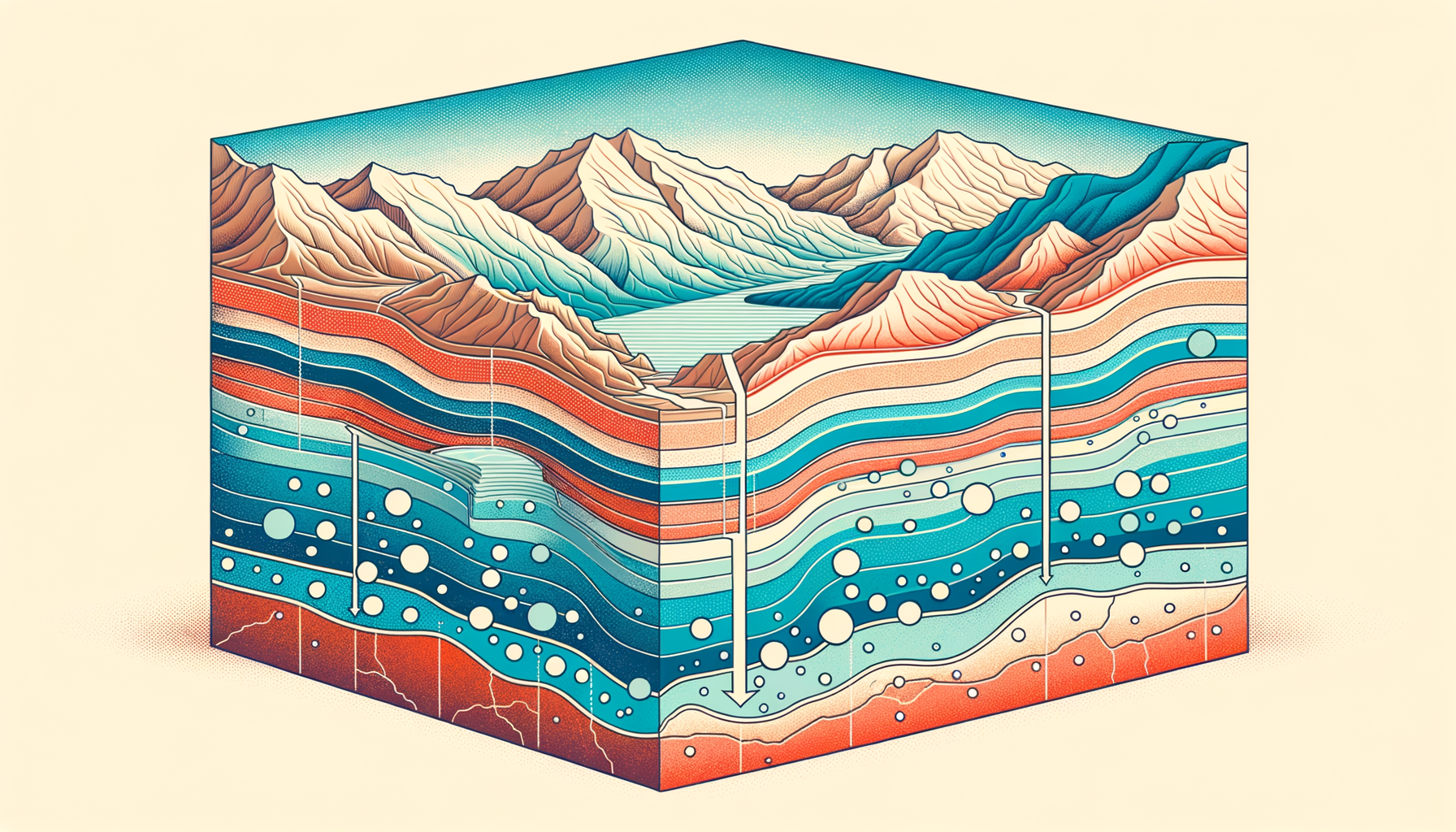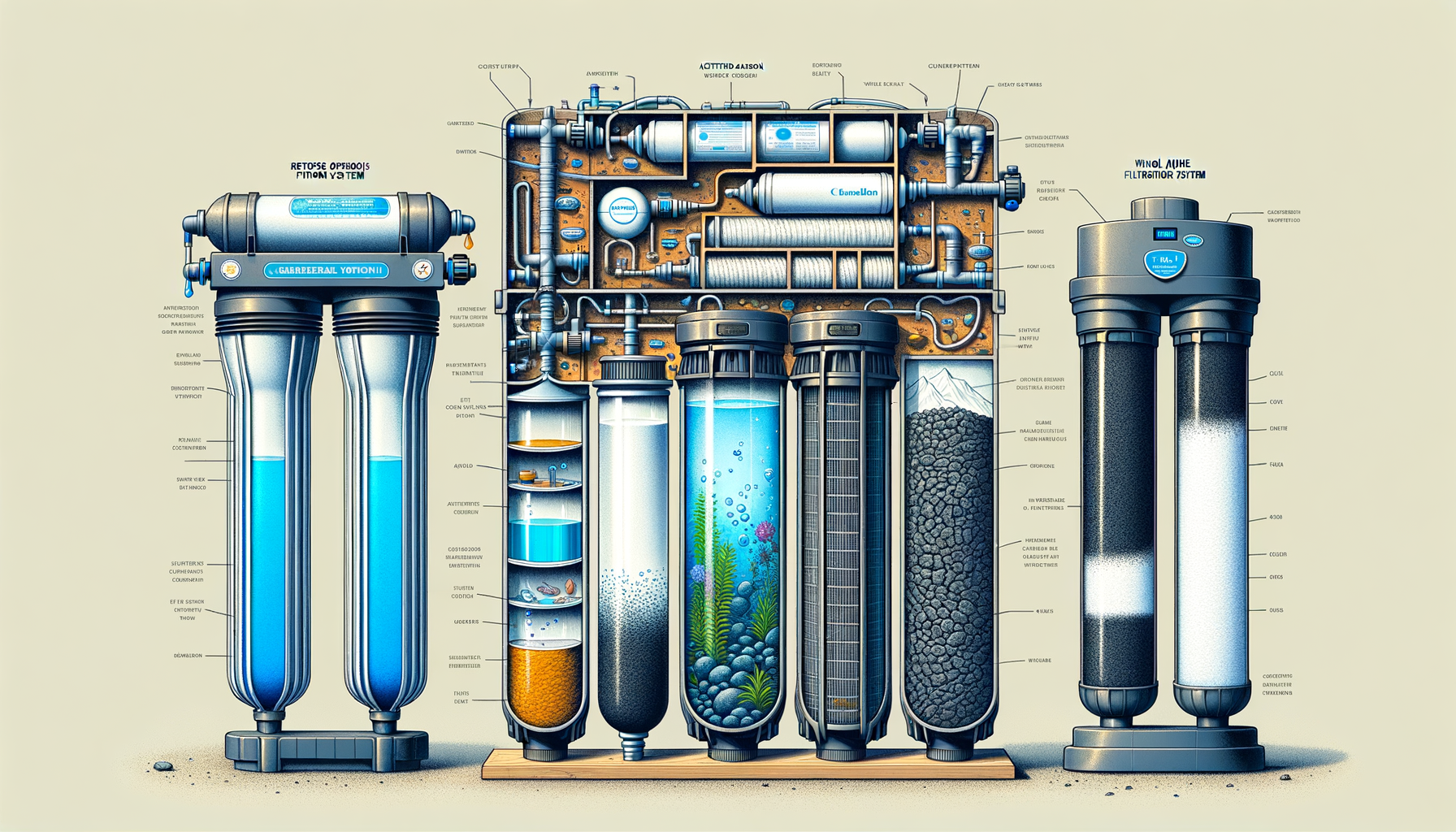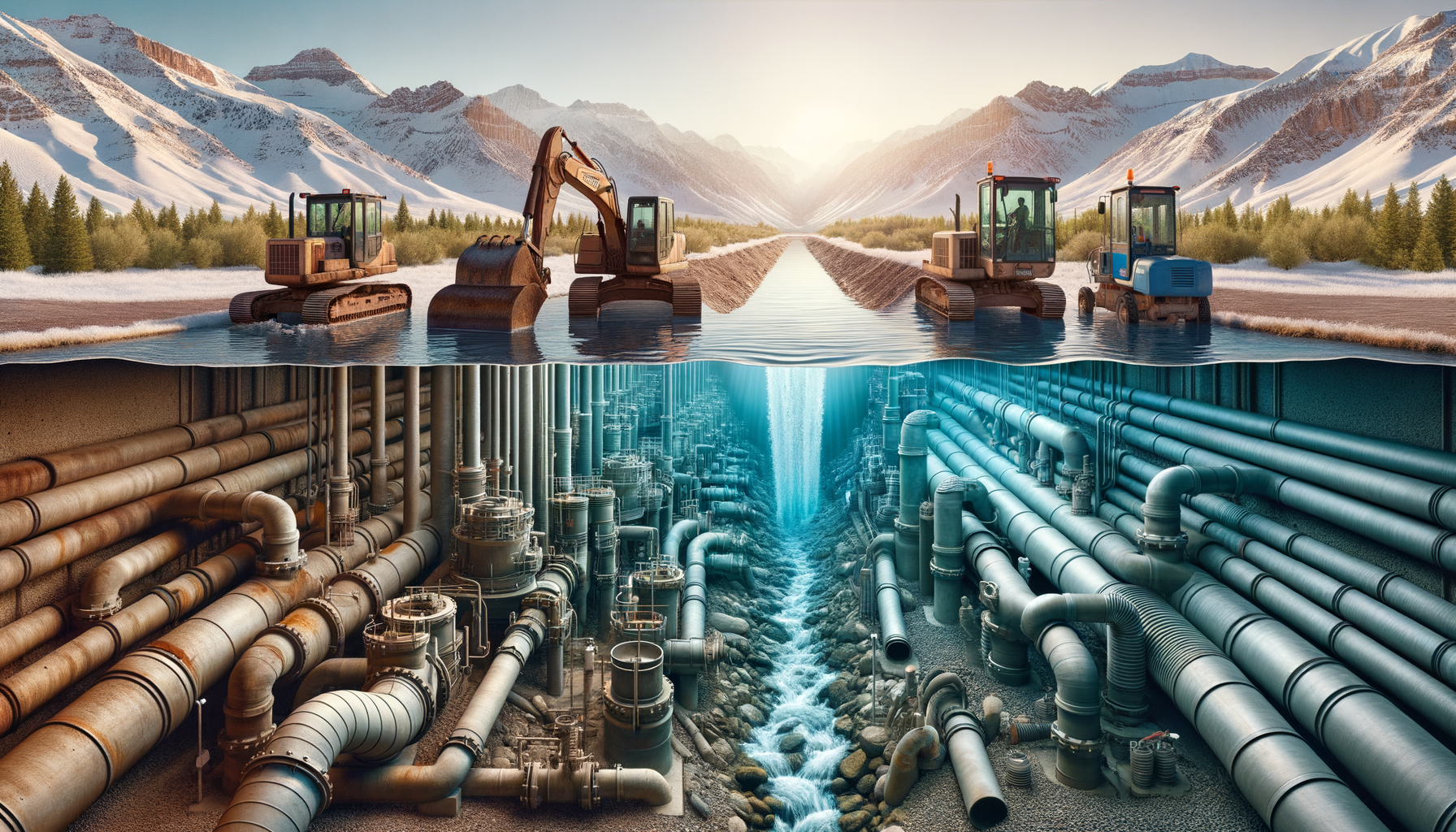Comprehensive Guide to Water Quality in Utah State: Contaminants, Issues, and Water Filtration Solutions
by Ryan Moreau / updated March 5th, 2025
Utah, known for its stunning red rock landscapes, snow-capped mountains, and desert vistas, faces unique water quality challenges due to its arid environment and diverse geology. The state’s water sources range from snowmelt in the Wasatch and Uinta mountains to groundwater aquifers and the Colorado River system. Despite being a desert state, Utah relies heavily on these water sources for municipal supply, agriculture, and industry. This comprehensive guide delves into the common contaminants affecting Utah’s water, regional water quality challenges, and effective filtration solutions. Begin by using our Water Quality Tool to get a customized analysis of your local water conditions.

Overview of Utah’s Water Sources
Utah’s water supply is as varied as its landscapes. Key sources include:
- Snowmelt from Mountain Ranges: The Wasatch and Uinta mountain ranges are critical for supplying fresh water through snowpack melt, feeding rivers and reservoirs.
- Rivers and Streams: Major rivers such as the Colorado River, Green River, and Bear River provide water for agricultural irrigation, municipal use, and recreation.
- Groundwater Aquifers: Many communities, particularly in rural areas, rely on groundwater aquifers, which can vary in quality due to local geological conditions.
- Reservoirs and Lakes: Man-made reservoirs like Lake Powell and natural lakes such as Utah Lake store water for various uses throughout the state.
Effective management and treatment of these water sources are essential to meet the demands of Utah’s growing population while addressing the challenges of an arid climate.
Common Water Quality Contaminants in Utah
Utah’s water sources may contain various contaminants due to natural geological formations, mining activities, agricultural practices, and industrial processes. To better understand what might affect your area, start with our Water Quality Tool and then review these common issues:
1. Arsenic
Arsenic is a naturally occurring element found in the earth’s crust and is prevalent in some of Utah’s groundwater sources, especially in areas with volcanic rock and geothermal activity. Long-term exposure to arsenic in drinking water can lead to serious health issues, including skin lesions, cardiovascular diseases, and increased risk of various cancers (EPA – Arsenic in Drinking Water).
Water Filtration Options for Arsenic: Reverse Osmosis Water Filters and specialized adsorption media are effective in reducing arsenic levels in drinking water.
2. Nitrates
Nitrate contamination is a significant concern in Utah, particularly in agricultural regions where fertilizer use and livestock operations can elevate nitrate levels in groundwater. High nitrate levels pose risks to infants, potentially causing methemoglobinemia, or “blue baby syndrome,” which affects the blood’s ability to carry oxygen.
Water Filtration Options for Nitrates: Reverse Osmosis Water Filters are highly effective at removing nitrates from drinking water.
3. Fluoride
While fluoride is added to municipal water supplies in some areas for dental health benefits, parts of Utah have naturally occurring high levels of fluoride in groundwater due to geological formations. Excessive fluoride intake can lead to dental fluorosis in children and skeletal fluorosis over long-term exposure.
Water Filtration Options for Fluoride: Reverse Osmosis Water Filters and activated alumina filters are effective in reducing fluoride levels.
4. Selenium
Selenium is another naturally occurring element that can be found in elevated concentrations in certain areas of Utah, particularly near mining sites or areas with selenium-rich soils. While selenium is an essential nutrient in small amounts, high levels can be toxic, affecting the nervous system and other bodily functions.
Water Filtration Options for Selenium: Reverse Osmosis Water Filters are effective in removing selenium from water.
5. Uranium and Radionuclides
Utah’s geological formations can contain radionuclides such as uranium and radon. Uranium in drinking water can increase the risk of kidney toxicity and is also a source of radiation exposure. Radon, a radioactive gas, can be present in water supplies and pose health risks when inhaled during activities like showering.
Water Filtration Options for Uranium and Radionuclides: Reverse Osmosis Water Filters and ion exchange systems can reduce uranium concentrations. Aeration systems can help remove radon.
6. Hard Water Minerals
Many regions in Utah experience hard water due to high concentrations of calcium and magnesium in the groundwater. Hard water can cause scale buildup in plumbing, reduce the efficiency of water heaters, and decrease the effectiveness of soaps and detergents.
Water Filtration Options for Hard Water: Installing a Water Softener System can effectively reduce water hardness by exchanging calcium and magnesium ions with sodium or potassium ions.
7. Total Dissolved Solids (TDS)
Elevated levels of total dissolved solids are common in Utah’s water sources, particularly in arid regions where evaporation concentrates minerals and salts. High TDS can affect the taste of water and may contribute to scaling in pipes and appliances.
Water Filtration Options for TDS: Reverse Osmosis Systems are capable of significantly reducing TDS levels, providing better-tasting water.
8. Microbial Contaminants
Private wells and surface water sources in Utah may be susceptible to microbial contamination from bacteria, viruses, and parasites, especially after flooding or if wells are poorly maintained. Consuming contaminated water can lead to gastrointestinal illnesses and other health issues.
Water Filtration Options for Microbial Contaminants: Utilizing UV Water Purifiers in conjunction with filtration systems like reverse osmosis can effectively eliminate microbial threats.
9. Pesticides and Herbicides
In agricultural areas, runoff can introduce pesticides and herbicides into water supplies. Long-term exposure to these chemicals can have adverse health effects, including endocrine disruption and increased cancer risks.
Water Filtration Options for Pesticides and Herbicides: Activated Carbon Water Filters and reverse osmosis systems can reduce the presence of these organic contaminants.
Regional Water Quality Challenges in Utah
Utah’s unique landscapes, from its deserts to mountain regions, contribute to varied regional water quality challenges. According to the Environmental Protection Agency (EPA) and the Utah Department of Environmental Quality (DEQ), key challenges include:
1. Mining Areas: Heavy Metals and Radionuclides
Regions with historical and active mining activities, such as the Bingham Canyon Mine near Salt Lake City, can have elevated levels of heavy metals like arsenic, lead, and copper in nearby water sources. Additionally, uranium mining in the southeastern part of the state has led to concerns about radionuclide contamination in groundwater.
These contaminants can leach into groundwater and surface water, affecting communities that rely on these sources for drinking water.
2. Agriculture and Livestock Operations
In rural areas like Cache Valley and the Sevier River Basin, agricultural practices contribute to nitrate contamination and the presence of pesticides and herbicides in groundwater. Livestock operations can also lead to elevated levels of pathogens and nutrients in water bodies.
This agricultural runoff can impact both private wells and municipal water systems, necessitating proper water treatment solutions.
3. Urban Growth and Industrial Pollution
Rapid urbanization along the Wasatch Front, including cities like Salt Lake City, Ogden, and Provo, has increased the demand on local water supplies and infrastructure. Industrial activities can introduce pollutants such as VOCs (volatile organic compounds) into water sources.
Managing the balance between development and water quality protection is a significant challenge for these urban areas.
General Water Characteristics in Utah
Understanding the general characteristics of Utah’s water can help residents select appropriate treatment solutions to ensure safe and pleasant-tasting water.
1. High Mineral Content and Hardness
Due to the state’s geological makeup, many areas in Utah have hard water with high levels of calcium and magnesium. This can lead to scale buildup in plumbing, reduced efficiency of water heaters, and decreased effectiveness of soaps and detergents.
For households experiencing hard water, installing a water softener is recommended. If you’re unsure whether you need a water softener or which type fits your family’s needs, try our Water Softener Calculator for personalized guidance.
2. Alkaline Water Conditions
In certain regions, the water may be naturally alkaline due to the presence of bicarbonates and other minerals. While not harmful, alkaline water can affect the taste and may interfere with some industrial processes.
Adjusting the pH of your water through appropriate filtration systems can improve taste and compatibility with household appliances.
3. Elevated Total Dissolved Solids (TDS)
High levels of TDS are common in Utah’s water, particularly in areas with high evaporation rates that concentrate minerals and salts in surface water sources like the Great Salt Lake. Elevated TDS can impact water flavor and cause scaling.
Installing a reverse osmosis system can significantly reduce TDS levels, resulting in better-tasting water and protecting your appliances.
Utilizing the Water Quality Tool for Utah Residents
Understanding your local water quality is essential for ensuring safe drinking water. Our Water Quality Tool enables Utah residents to:
- Enter their zip code for a detailed analysis of local water sources
- View data on common contaminants in public and private water supplies
- Receive personalized recommendations for filtration systems based on your water quality challenges
Recommended Filtration Solutions for Common Utah Contaminants
Based on the prevalent contaminants identified in Utah’s water sources, the following filtration systems are highly recommended:
1. Reverse Osmosis Systems
Reverse Osmosis Systems offer broad-spectrum removal of contaminants such as arsenic, fluoride, nitrates, uranium, selenium, and TDS. These systems are ideal for both under-sink and whole-house installations, providing comprehensive protection.
2. Water Softeners
Water Softeners effectively address hard water issues by removing calcium and magnesium ions, extending the life of your plumbing and appliances, and improving soap efficiency.
3. Activated Carbon Filters
Activated Carbon Filters are effective for reducing organic contaminants, pesticides, herbicides, and improving taste and odor by removing chlorine and other chemicals.
4. UV Water Purifiers
UV Water Purifiers are recommended for eliminating microbial contaminants, particularly for residents using private wells or surface water sources susceptible to bacterial contamination.
Local Water Testing Services in Utah
Accurate water testing is essential to pinpoint the contaminants in your water supply. We recommend using SimpleLab for comprehensive water quality analysis. Their user-friendly kits and detailed lab reports empower you to make informed decisions about your water filtration system.
Additionally, the Utah Department of Environmental Quality offers resources and testing recommendations for residents concerned about water quality issues (Utah DEQ – Division of Drinking Water).
Case Studies: Addressing Water Quality Issues in Utah
Real-world examples provide valuable insights into how various water quality challenges in Utah are being addressed:
1. West Desert Communities: Arsenic Mitigation
Communities in Utah’s West Desert region have faced high arsenic levels in their groundwater. Through community efforts and state assistance, residents have installed reverse osmosis systems and centralized treatment facilities to reduce arsenic levels, ensuring safe drinking water.
2. Salt Lake City: Managing Hard Water
Residents in Salt Lake City have implemented water softening solutions to address the prevalent hard water. This has led to improved appliance efficiency, reduced scale buildup, and better water quality throughout homes and businesses.
3. Rural Areas: Protecting Private Wells
In rural parts of Utah, many households rely on private wells. Initiatives to test well water for nitrates, microbial contaminants, and other pollutants have led to increased awareness. Homeowners have adopted appropriate filtration solutions like UV purifiers and reverse osmosis systems to safeguard their water supply.
Call to Action
Utah’s diverse water sources—from snowmelt-fed rivers to deep groundwater aquifers—require proactive water quality management to ensure safe and reliable drinking water. Understanding your local water challenges and implementing effective filtration solutions is essential for safeguarding your household’s health.
Start by entering your zip code into our Water Quality Tool for a detailed analysis of your water supply. Then, explore our filter review articles to find the most effective system for your needs. Finally, confirm your water’s safety with comprehensive water testing services to ensure you have the clean, safe water your home deserves.

